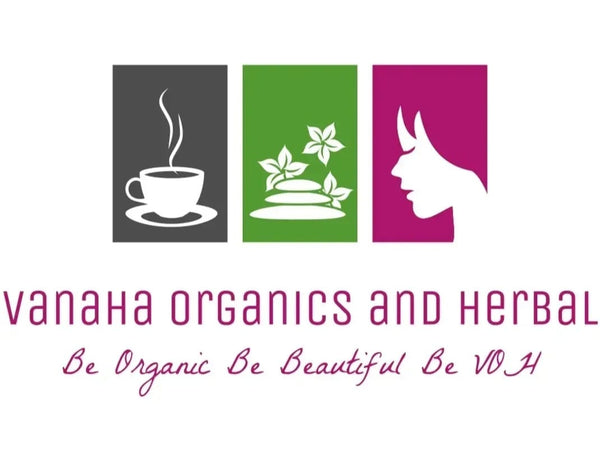
How to Avoid SLS in your Beauty Products (and what to use instead!)
Share
Whether you’re buying natural beauty products or looking to formulate your own, you probably want to put only the very best, most effective, natural ingredients on your skin, hair, and face. And if you’re at all interested in natural beauty products, chances are you’ve heard of SLS (and are probably looking to avoid it).
SLS stands for Sodium Lauryl Sulfate, and you may have even read about why it’s one of the top ingredients to detox from your skincare and haircare routine, although you might not know what it is, or why to avoid it.
As a type of surfactant—or surface active agent—SLS serves the function of reducing the surface tension between the oil and the water ingredients in a product. It is the surfactants in things like shampoo or a body wash which allows the product to produce foam, disperse ingredients, attach to the dirt and debris on the skin and hair and carry it away in the rinse.
Although SLS is a strong and effective detergent, it’s often one of the most (if not the most) harsh and irritating surfactants out there. Studies have shown that it damages the acid mantle of the skin, the protective outer barrier created by our body’s natural oils and sebum. For many hair types, too, it may be too drying and damaging, even if softening butters and oils are included in the product’s ingredient list. The damage may not be immediate, but over time, it will show up.
The good news is that there are many alternatives to SLS, ones you can find on the shelf, if you know how to look for them, as well as ones you can use in making your own products.
To be continued...
For what we have to find on product label ingredient to avoid SLS
Stay Safe Stay Beautiful
Vanaha organics & Herbals
